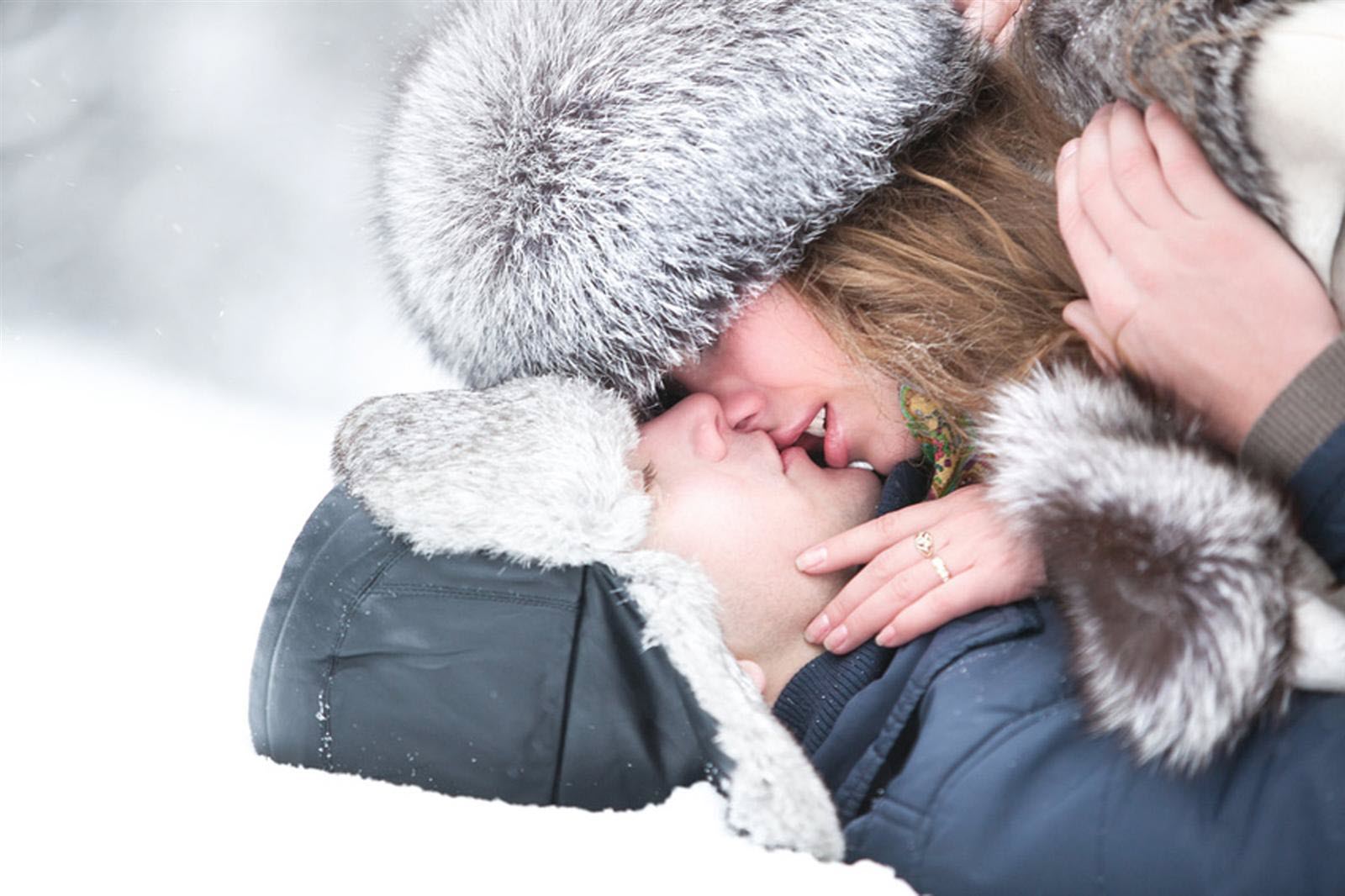Do Men Find Women’s Bodies Hotter in the Winter or in the Summer? The Answer Isn’t As Obvious As You Might Think
January 30, 2012 by Justin Lehmiller
Psychologists have known for some time that people’s mood states and behaviors can change with the seasons. For instance, some people experience what is known as Seasonal Affective Disorder, a form of depression that kicks in at a specific time of year, usually in the winter. Although experiencing such extreme changes is relatively rare, researchers have found that smaller seasonal fluctuations in physiological and psychological processes are actually quite common, even among healthy people [1]. Psychologists have recently begun exploring the implications of these changes for our sexual and romantic lives and have found that, at least among heterosexual men, their attraction to women’s bodies appears to depend upon the season [2].
In this experiment, 114 heterosexual men between the ages of 16 and 53 were asked to rate the attractiveness of several women every three months over the course of about a year. Specifically, once per season, each man was asked to rate two sets of photos that appeared in a random order: one showing only women’s faces, and the other showing women’s bodies (the body photos consisted of either women in revealing bathing suits or close-up shots of women’s breasts.)
Results indicated that men’s attraction to women’s faces did not change during the course of the year; however, their attraction to women’s bodies did. Specifically, men reported being more attracted to women’s bodies and breasts during the winter months compared to the summer months. Furthermore, the researchers found that men who were in the same romantic relationship over the course of the entire study reported similar fluctuations in how attracted they were to their partner (i.e., they thought their partner was hotter in the winter than in the summer)!
How do we explain this pattern of results? There are several possibilities. One is that there is a greater contrast effect in warmer weather. Because women wear sexier and more revealing clothes in the summer months and bundle up in the winter, the standard of bodily comparison is much higher when it is warmer outside (i.e., because everyone is showing a lot of skin during summer, the bar for what qualifies as “hot” is set higher; in the winter, skin is rarely seen, so it becomes more novel and arousing to look at). The fact that facial ratings didn’t change supports this idea–because people tend to see faces all year round, the standard of facial comparison is always pretty constant. Another possibility is that men’s hormone levels fluctuate seasonally, thereby altering patterns of attraction.
Future research should explore the mechanism responsible for these effects and extend this work to women and people of different sexualities. For the time being, there is now at least some evidence that people’s sexual behavior undergoes seasonal fluctuations.
Want to learn more about Sex and Psychology ? Click here for previous articles or follow the blog on Facebook (facebook.com/psychologyofsex), Twitter (@JustinLehmiller), or Reddit (reddit.com/r/psychologyofsex) to receive updates. You can also follow Dr. Lehmiller on YouTube and Instagram.
[1] Kasper, S., Wehr, T. A., Bartko, J. J., Gaist, P. A., & Rosenthal, N. E. (1989). Epidemiological findings of seasonal changes in mood and behavior: A telephone survey of Montgomery County, Maryland. Archives of General Psychiatry, 46, 823-833.
[2] Pawlowski, B., & Sorokowski, P. (2008). Men’s attraction to women’s bodies changes seasonally. Perception, 37, 1079-1085. doi: doi:10.1068/p5715
Image Source: iStockphoto

Dr. Justin Lehmiller
Founder & Owner of Sex and PsychologyDr. Justin Lehmiller is a social psychologist and Research Fellow at The Kinsey Institute. He runs the Sex and Psychology blog and podcast and is author of the popular book Tell Me What You Want. Dr. Lehmiller is an award-winning educator, and a prolific researcher who has published more than 50 academic works.
Read full bio >


